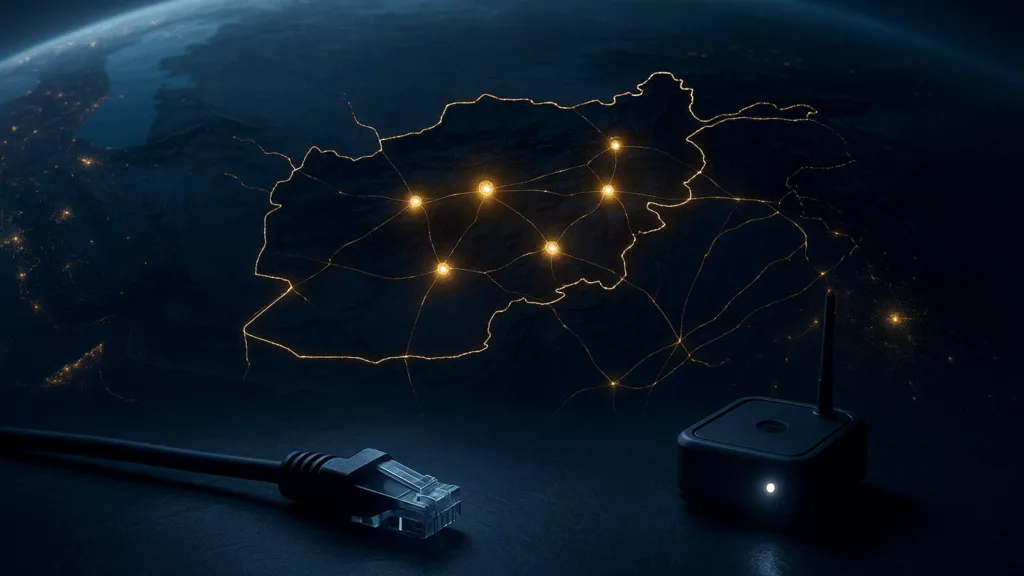- Afghanistan’s internet blackout exposed how dependent blockchains remain on centralized internet infrastructure, undermining their promise of censorship resistance.
- The incident reignited global discussions on decentralized physical infrastructure networks (DePIN) as a way to safeguard blockchain accessibility.
- Projects like Roam, World Mobile, and Helium are leading efforts to create decentralized, user-powered wireless networks that ensure connectivity even amid government or technical disruptions.
Afghanistan’s recent nationwide internet outage has reignited debate over blockchain’s dependence on centralized internet infrastructure. The country experienced a near-total blackout lasting around 48 hours before being restored on Oct. 1, Reuters reported. While the Taliban administration initially denied involvement, blaming fiber optic cable damage, several sources indicated that the disruption was a government-ordered shutdown.
The blackout, which affected nearly 13 million citizens, marked the first nationwide shutdown since the Taliban’s return to power, following earlier regional restrictions aimed at curbing online activities deemed “immoral. This event exposed a stark reality: even decentralized blockchains depend on centralized internet providers, making them vulnerable to the same censorship they aim to resist.
The Afghanistan blackout is not just a regional connectivity crisis it’s a wake-up call. When connectivity is monopolized by a handful of providers, the promise of blockchain can collapse overnight.
Newsletter
Get weekly updates on the newest crypto stories, case studies and tips right in your mailbox.
Neighboring countries have faced similar issues. Iran, for instance, shut down most internet access for nearly two weeks in June amid ongoing regional conflicts, forcing citizens to rely on proxy networks and hidden gateways to stay connected.
DePIN projects take aim at centralized connectivity
The Afghanistan blackout has intensified interest in decentralized connectivity solutions, often referred to as DePIN Decentralized Physical Infrastructure Networks. These systems distribute internet access and communication infrastructure across user-powered nodes rather than through centralized telecom monopolies.
Roam Network is developing a smartphone-based decentralized wireless system that crowdsources mobile signal data to build a real-time connectivity map. Its upcoming eSIM technology will allow devices to switch between carriers, private mesh networks, or peer-to-peer connections maintaining access even when major networks go offline.
Roam users can see in real time what works where no guesswork during outages, Angelov explained. It keeps you connected when centralized backbones fail.
Meanwhile, World Mobile the largest decentralized wireless network globally has reached 2.3 million daily active users across 20 countries, generating over $9.8 million in distributed revenue for participants in August alone. Similarly, Helium, another DePIN pioneer, operates in 190 countries with more than 112,000 active hotspots and 1.3 million daily users, rewarding participants with HNT tokens for maintaining network coverage.
Decentralization must go beyond blockchain
Advocates argue that while blockchain technology offers financial sovereignty and resistance to censorship, these ideals cannot be fully realized without decentralizing the underlying internet infrastructure.
If decentralization stops at the protocol layer, we haven’t solved the problem we’ve just shifted where control lies.
The Afghanistan internet blackout has thus become a global reminder: for blockchain to truly deliver on its promise of open access and censorship resistance, decentralization must extend from code to connectivity itself.













